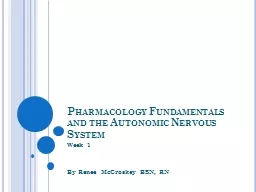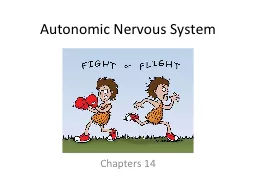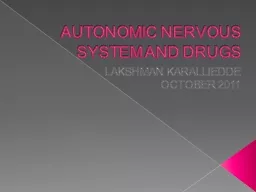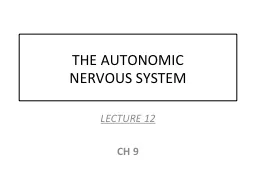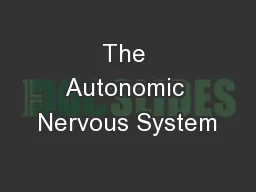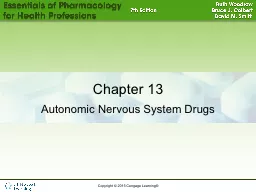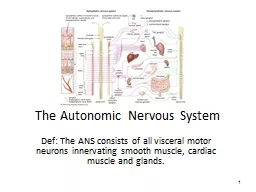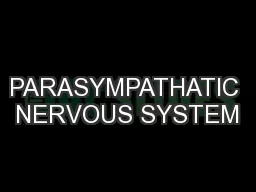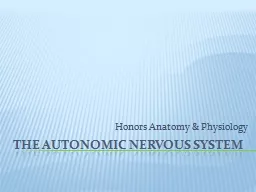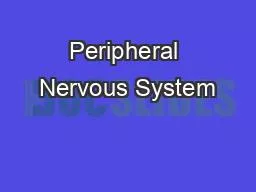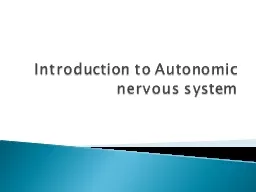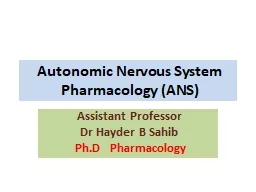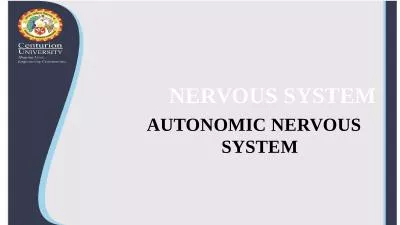PPT-Pharmacology Fundamentals and the Autonomic Nervous System
Author : luanne-stotts | Published Date : 2020-04-02
Week 1 By Renee McCroskey BSN RN Pharmacology Fundamentals Chapters 14 Things to think about What drug is ordered Name generic and trade and drug classification
Presentation Embed Code
Download Presentation
Download Presentation The PPT/PDF document " Pharmacology Fundamentals and the Auton..." is the property of its rightful owner. Permission is granted to download and print the materials on this website for personal, non-commercial use only, and to display it on your personal computer provided you do not modify the materials and that you retain all copyright notices contained in the materials. By downloading content from our website, you accept the terms of this agreement.
Pharmacology Fundamentals and the Autonomic Nervous System : Transcript
Download Rules Of Document
" Pharmacology Fundamentals and the Autonomic Nervous System "The content belongs to its owner. You may download and print it for personal use, without modification, and keep all copyright notices. By downloading, you agree to these terms.
Related Documents

